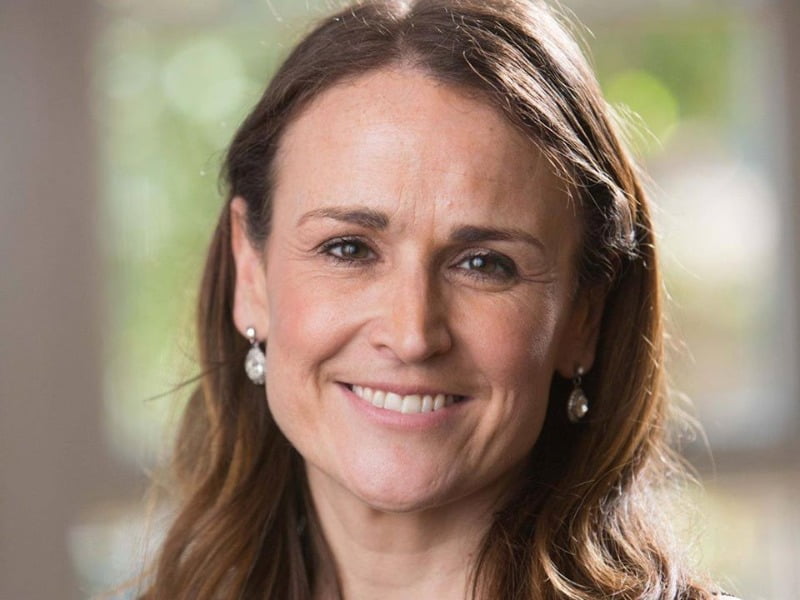Advocacy group Science and Technology Australia says a new tax incentive might be the best way to drive “systemic shifts” in employee diversity within Australia’s largest companies and improve workplace equality, including among STEM professionals.
In its submission to the federal government Pathway to Diversity draft recommendations, Science and Technology Australia (STA) said a financial incentive could be a powerful motivator to drive workplace diversity and accelerate the pace of change.
Specifically, STA has proposed that government widen the Workplace Gender Equality Agency’s remit to collect data from employers on a broader set of workforce diversity metrics.
The group says government should model the impact of a Workforce Diversity Tax Incentive, whereby large companies required to report employee data to WGEA could qualify for a tax break where they meet minimum staff diversity thresholds.
Using the existing Workplace Gender Agency infrastructure – albeit with a broader data collection remit – would minimise the complexity of introducing metrics, while a tax incentive for meeting threshold requirements would drive change.

STA chief executive Misha Schubert said the Pathway to Diversity in STEM panel had sought “big and bold” thinking when it asked for responses to its draft recommendations – and the tax incentive proposal is their contribution.
“The panel had asked people to think big and bold about things that could really accelerate the pace at which we are trying to deepen diversity in Australia’s workforces, particularly the STEM workforce,” Ms Schubert told InnovationAus.com.
“One of the great challenges that we’ve had as a country has been that we’ve made some small and modest incremental gains that are really important, but that the pace of change to deepen diversity and to reach into the full talent pool of our country has not been fast enough.
“One idea that we’ve put forward has been to consider tasking the Workplace Gender Equality Agency with collecting data, not just on gender equity in pay, but also on the broader demographic makeup of companies.
“Then you could potentially use that data to say if companies were to meet certain thresholds for diversity within their workforces, they could unlock a positive tax incentive that would give them an additional benefit to doing that.”
Among other proposals put forward by STA – perhaps unsurprisingly – is the recommendation that the government should “stay the course and scale” support for existing diversity programs, including the Superstars of STEM initiative (which is run by the group).
It wants the government to double its funding of the Superstars of STEM program, which provides media training to a diverse cohort of STEM professionals to raise their profile as spokespeople, and to provide a commitment continue funding for a decade to provide continuity.
STA also wants the goal to ‘elevate and invest in Indigenous STEM’ to be enshrined as a standalone priority in Australia’s next National Science and Research Priorities.
The government should also appoint an Indigenous Chief Scientist and fund Indigenous-led STEM organisations that work in Indigenous STEM education and careers.
“There is a vast body of evidence and research across many decades now that shows us that more diverse teams innovate faster and more successfully,” Ms Schubert said. “And typically, companies that have more diverse workforces are more successful in their innovation.”
The final report from the Pathway to STEM Diversity review is expected to be completed in October.
Do you know more? Contact James Riley via Email.

